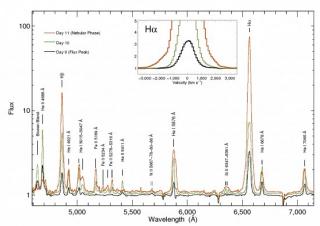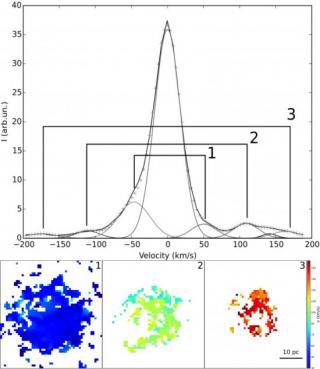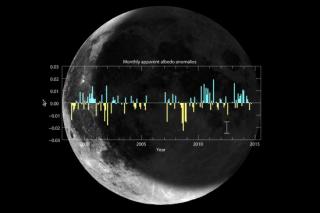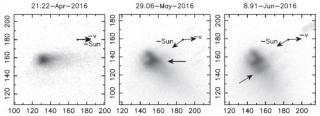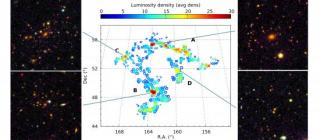
Superclusters are the largest over-dense, relatively isolated systems in the cosmic web. They provide us invaluable information about the large-scale structure formation at different cosmic epochs, as well as they are excellent places for understanding galaxy evolution in detail. Thanks to the new SDSS-III data, we can extend our knowledge of superclusters to the redshift range above z=0.4. We used data from the twelfth data release of the Sloan Digital Sky Survey (SDSS). Using a sample of more than 500,000 galaxies up to z~0.8, we reconstructed the large-scale luminosity-density field and
Advertised on
